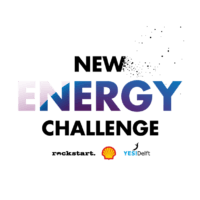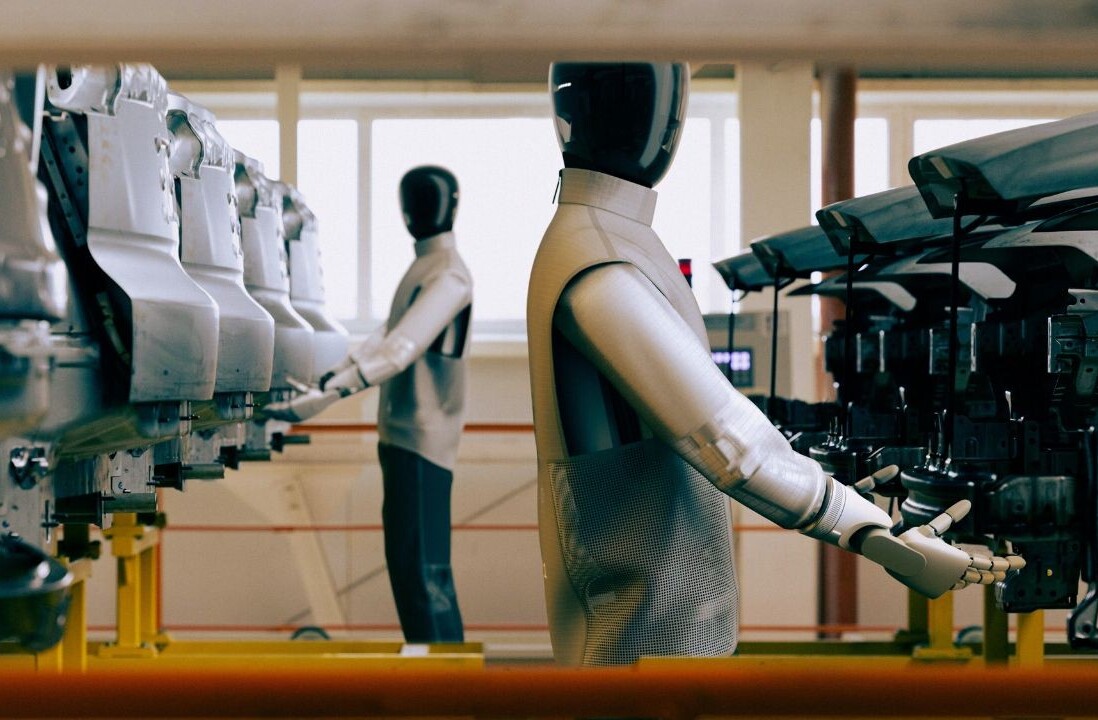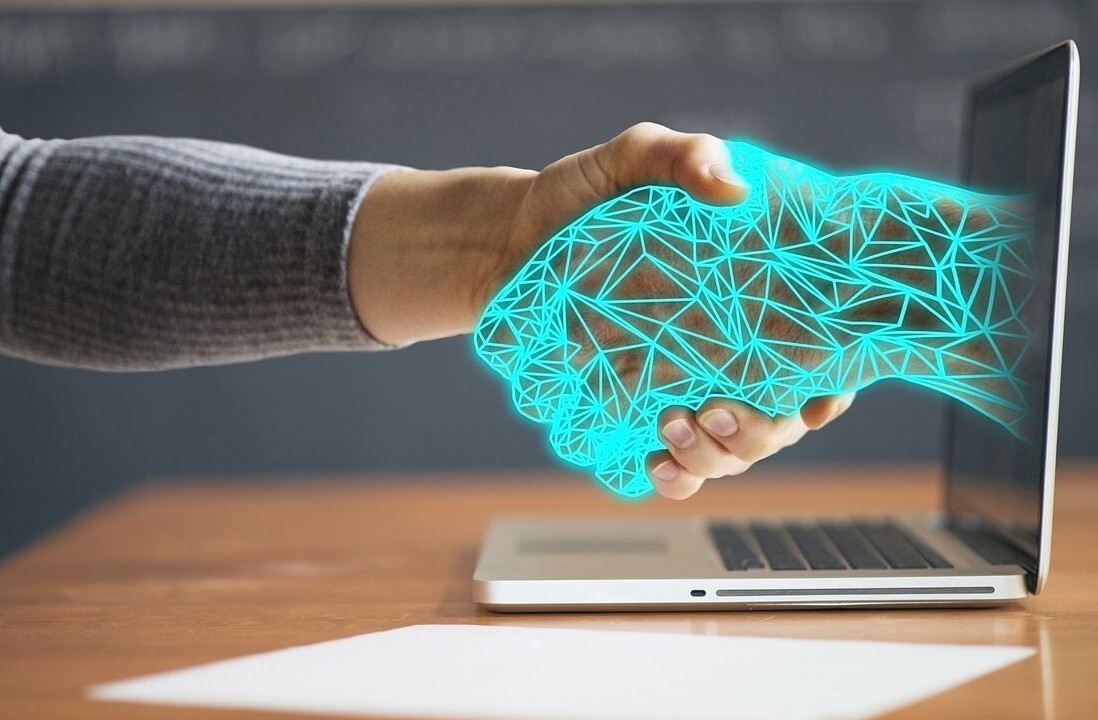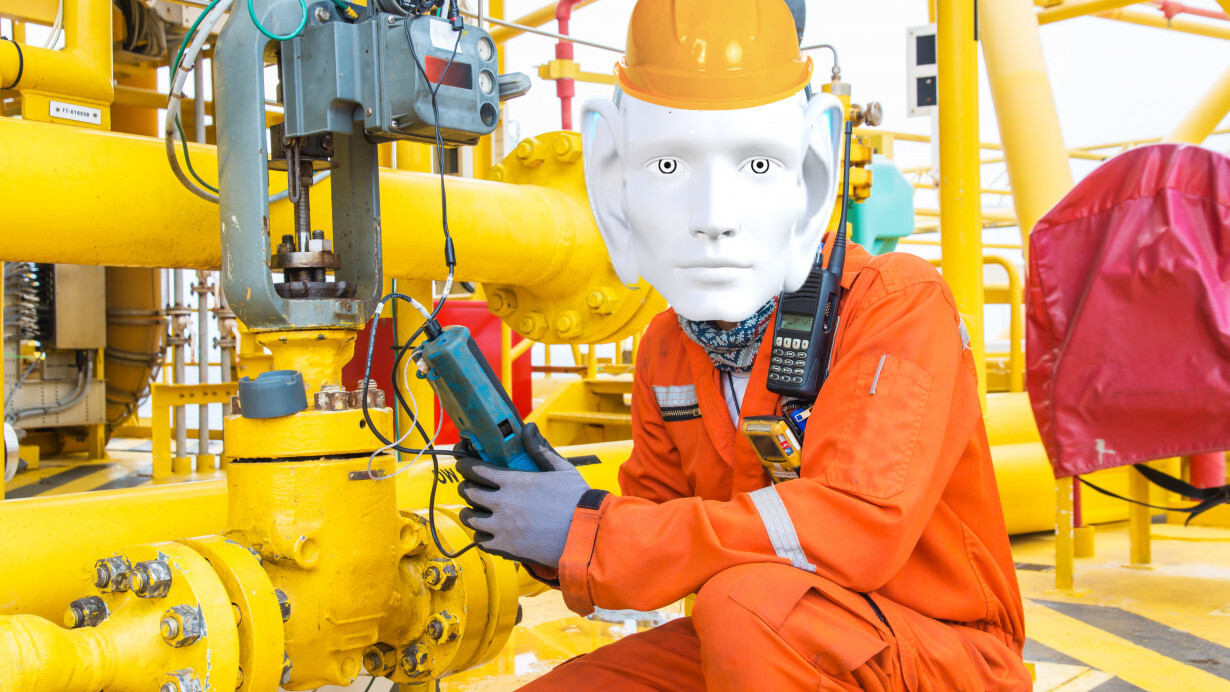
Sound is everywhere, even when you can’t hear it.
It is this noiseless sound, though, that says a lot about how machines function.
Helsinki-based Noiseless Acoustics and Amsterdam-based OneWatt are relying on artificial intelligence (AI) to better understand the sound patterns of troubled machines. Through AI they are enabling faster and easier problem detection. Both companies were also finalists in last year’s New Energy Challenge, an initiative by Shell, YES!Delft, and Rockstart that looks at innovative technologies and solutions within European and Israeli startups for the energy transition. Following last year’s success, a 2018 edition of the challenge was just launched.
The value of noiseless sound
According to the U.S. Department of Energy, industrial motor use accounts for 25 percent of all electricity usage nationwide. Yet despite the vital roles they play, motors can fail for any number of reasons, leading to a loss in productivity and profitability.
But what if it was possible to transform that noiseless sound into value? Through the use of AI, sounds can be analyzed to detect machine failure. In other words: Making sound visible even when it can’t be heard. With the aid of non-invasive sensors, machine learning algorithms, and predictive maintenance solutions, failing components can be recognized at an early stage before they become a major issue.
OneWatt is preventing problems by listening to motors. Through its Embedded Acoustic Recognition Sensors (EARS) device, combined with machine learning and frequency analysis, OneWatt can detect and predict faults before they happen. This includes the what, when, and where of a problem.
16,000 sound clips of faulty motors
The startup used its device among the top eight motor faults in the industry. These ranged from bearing faults to soft footing faults. By doing so the company collected almost 2TB of acoustic data containing over 16,000 sound clips of faulty motors.
“Audio is the most apparent sign of mechanical failure,” Paolo Samontañez, CTO of OneWatt, told me in an interview. “Most of the faults are signaled in this domain because of the movement of the components in the motor creating friction. Visible light is not a good indicator since it is not able to see through the motor, and could not tell if the bearings are degrading.”
Ultrasound is an option to visualize the internals of the motor, but Samontañez says this is costly. It would also require an operator to move the transmitter and receiver around, similar to an ultrasound machine in a hospital. Audio is the ideal solution, mainly because it’s unobtrusive. This also happens to be a primary requirement when dealing with industrial facilities as they need assurance that there will be no negative effect on the motors when a device is installed.
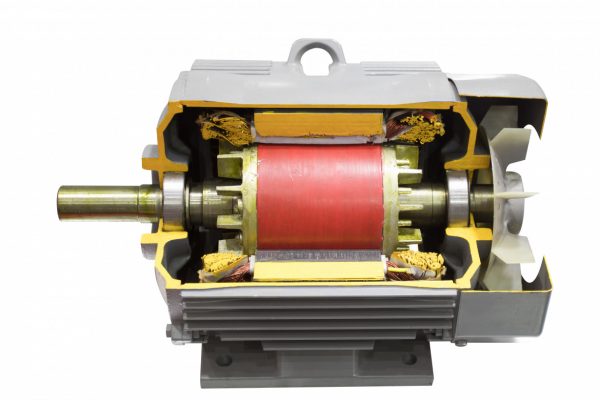
Noiseless Acoustics is using a combination of hardware, software, and analytics when listening to sound.
With its NL Camera, the startup can locate problems using sound. Similar to thermal imaging, the NL Camera picks up heat images that signal noise on the screen. The information is then uploaded to the cloud where algorithms help to assess the issue.
NL Sense is another tool Noiseless Acoustics uses. It is a non-intrusive system that pinpoints the exact location where problems are. By using a compact wireless sensor hub and sensors, that can be placed on any given surface, it will automatically send the information to the cloud where it is analyzed and processed.
“Sound describes things, it’s completely its own world,” Kai Sakesla, CEO of Noiseless Acoustics, told me in an interview. He adds that once a sound signal has been isolated from a source AI is used to see if there is a problem.
Using acoustic sound analysis for sustainability
According to a research paper published by Elsevier, up to 40 percent of energy costs in a factory can be caused by air leaks. When faults start to appear, a motor’s electrical efficiency decreases, requiring more energy to compensate for the extra stress the developing fault is contributing. This creates additional energy consumption and higher electricity bills.
“One of the use cases for the NL Camera is in energy optimization, which is great for locating air leaks in factories,” Sakesla says. “Typically something like 10-15 percent of produced air in pneumatic systems is lost in factories due to leaks, and the percentage can even be a lot higher. Globally, this is a huge wasted amount of energy.”
NL Sense works by prolonging the lifetime of existing assets through non-intrusive monitoring, which is also aiding the sustainable energy industry, Sakesla adds.
OneWatt found from their system that they can reduce electricity consumption by 10 percent. This is a significant number, according to Samontañez, considering the market operates 500 million motors globally.
“By 2022, if everything goes according to our plan to get just one percent of this market, we estimate that we could have helped save 596711MWh of electricity, which is more than enough energy to power Belize for a year,” he says.
Where to next?
As sound gets turned into value, the advancements of hardware and software show that significant progress is being made in the area of audio-based predictive analysis.
Whether it’s working with power grids, gas pumps, grinders, engines, factories, or hydraulics, both companies are finding that any industry could potentially benefit from sound analysis.
For OneWatt, Samontañez says they are hoping to become ‘the Alexa for industries’ one day providing the AI insights to understand industrial assets.
New Energy Challenge
Finalists in last years New Energy Challenge, Noiseless Acoustics and OneWatt came away having made great connections in Amsterdam.
“With big industrial users like Shell, we were able to hear the needs of our potential customers and address their issues, improving the system,” adds Samontañez. “Even though we didn’t win the grand prize of €100,000, an investment by Shell Ventures, we were able to gain traction and recognition from the competition, which helps us when we are presenting our system to new clients.”
Shell Ventures, YES!Delft, and Rockstart believe it’s only through innovation and technologies that are effective, profitable, and scalable where energy transition solutions can be found. Did we mention there’s also the change of winning a €100,000 grant?
So if you’re a startup with an idea that can help shape the energy system of the future, do sign up before July 23 to be part of the next New Energy Challenge. You’ll receive expert advice and coaching, direct entry to world-class accelerator programs, business advice from Shell Ventures for at least a year, and the opportunity to pitch before the Shell Ventures investment committee.
Get the TNW newsletter
Get the most important tech news in your inbox each week.

